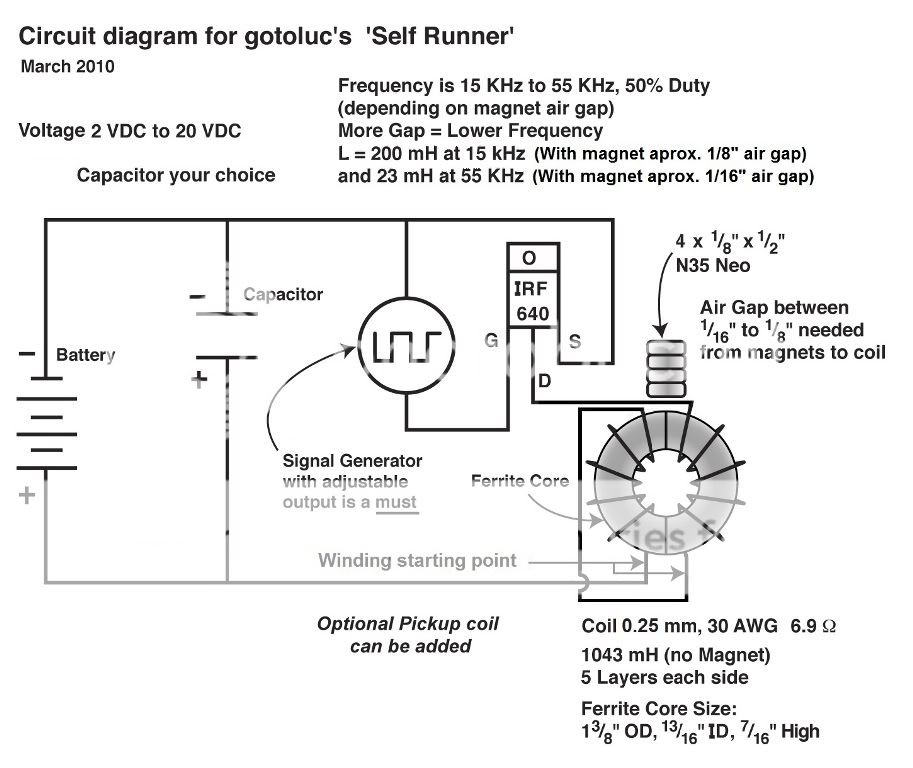Electro-magnet comparison.
When the "Electro-Magnet" is pulsed, the same field is generated in the coil wether there are permanent magnets attached in attraction or not. The difference is; The permanent magnets reinforce the "Flyback", and invert and transform the output. 100 Newtons of EM force with an equal force in permanent magnet Gauss, will double the "Flyback" as an A.C. sine wave of transformed voltage. The permanent magnets don't act as a resistance against the EM field. The EM field simply fills the available space around them. Flyback load has no effect on input. The EM input is in no way affected by the attached magnets, but the "Flyback" is strengthened. This BEMF output has been carefully measured by the tester, and when built like the prototype, returns the equivalent power of the input pulse. Naturally, a piezo transducer would deliver a C.O.P. of 2. This is a "Free Lunch"!
The BEMF output from the oscillator with the laminated stator and no magnets attached is a pulsed D.C. of half the power.
When the "Electro-Magnet" is pulsed, the same field is generated in the coil wether there are permanent magnets attached in attraction or not. The difference is; The permanent magnets reinforce the "Flyback", and invert and transform the output. 100 Newtons of EM force with an equal force in permanent magnet Gauss, will double the "Flyback" as an A.C. sine wave of transformed voltage. The permanent magnets don't act as a resistance against the EM field. The EM field simply fills the available space around them. Flyback load has no effect on input. The EM input is in no way affected by the attached magnets, but the "Flyback" is strengthened. This BEMF output has been carefully measured by the tester, and when built like the prototype, returns the equivalent power of the input pulse. Naturally, a piezo transducer would deliver a C.O.P. of 2. This is a "Free Lunch"!
The BEMF output from the oscillator with the laminated stator and no magnets attached is a pulsed D.C. of half the power.

Comment